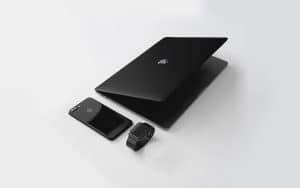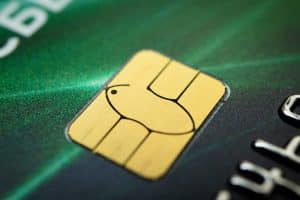Watches measuring ECG and blood oxygen
In recent years, the demand for wearable technology has skyrocketed, and one area that has seen significant growth is in the healthcare sector. These innovative devices are not just limited to tracking steps and monitoring heart rate, but are now capable of measuring more advanced health metrics such as ECG and blood oxygen levels. In this article, we will delve into the world of watches measuring ECG and blood oxygen, exploring their benefits, limitations, and how they can potentially revolutionize the way we monitor our health.
The Need for Advanced Health Metrics
As the age-old saying goes, “health is wealth.” In today’s fast-paced world, keeping track of our health has become more critical than ever. With the rising prevalence of chronic diseases, early detection and prevention have become crucial in maintaining a healthy lifestyle. However, traditional health monitoring methods, such as visiting a doctor, can be time-consuming and costly. As a result, there has been a growing demand for devices that can provide accurate and reliable health metrics at the convenience of our wrists.
The Role of Watches Measuring ECG and Blood Oxygen
Watches measuring ECG and blood oxygen are a relatively new addition to the wearable technology market, but they have quickly gained popularity. ECG, short for electrocardiogram, is a test that measures the electrical signals of the heart to detect irregularities that could indicate heart conditions. On the other hand, blood oxygen, or SpO2, is a measure of the oxygen saturation in our blood. Both these metrics are essential in monitoring heart health and can provide early warning signs of potential issues.
Convenience and Accuracy
One of the main advantages of watches measuring ECG and blood oxygen is their convenience. With these devices, you no longer have to visit a doctor or a hospital to get an ECG or SpO2 reading. They are wearable, compact, and easy to use, making them accessible for daily use. Moreover, these watches are equipped with advanced sensors and algorithms that ensure accurate readings, giving you peace of mind about the state of your health.
Early Detection and Prevention
Early detection of any health issues is crucial for timely treatment and prevention. Watches measuring ECG and blood oxygen can detect irregularities in the heart or low levels of blood oxygen, allowing you to address the problem before it becomes severe. This can potentially save lives and reduce the likelihood of developing chronic diseases.
Limitations and Future Possibilities
Although watches measuring ECG and blood oxygen offer many benefits, there are also limitations to be aware of. These devices are not meant to replace medical advice from a doctor, and their readings should not be used for self-diagnosis. Additionally, not all watches have the same level of accuracy, so it is essential to choose a reputable brand. However, as technology continues to advance, we can expect these devices to become more accurate and sophisticated, potentially offering even more health metrics in the future.
Conclusion
In conclusion, watches measuring ECG and blood oxygen are valuable tools in keeping track of our health and well-being. With their convenience, accuracy, and potential for early detection, they have the potential to transform healthcare and empower individuals to take control of their health. As we continue to embrace the technological advancements in the healthcare sector, these watches will undoubtedly play a vital role in our journey towards a healthier future.










